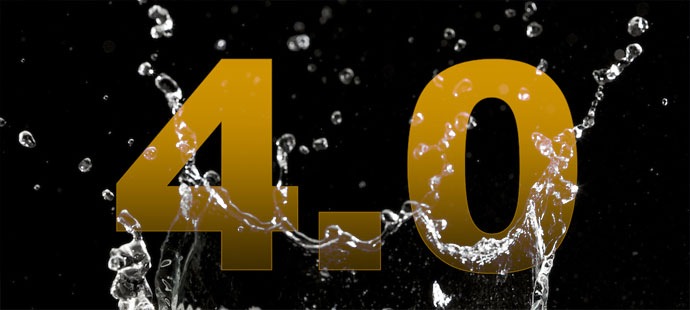Shortly before Barack Obama reached the White House, pollster John C. Green of the University of Akron visited the classroom here at the Washington Journalism Center to meet with a circle of mainstream journalists from around the world. At one point during his presentation, he created a chart detailing the changing landscape of religion in contemporary America.
The key was that a solid belt of religious believers — something like 20 percent or so — remained on the cultural right, people who could be identified in a number of ways — but primarily by the fact that they actively practiced more traditional forms of religious faith. Worship attendance was one key statistic.
On the cultural left, a fascinating coalition was emerging that was about the same size as the one on the right. This camp — roughly 20 percent or so — consisted of a growing number of people who were openly agnostic or atheist or who were — this was the emerging trend — the so-called “nones,” vaguely spiritual people with no ties to religious bodies.
These religiously unaffiliated Americans were natural allies, on social and moral issues, with liberal believers and the larger numbers of ordinary people who claimed religious ties, but rarely took part in worship. That’s the sea of vaguely spiritual folks in the middle of our national life that I often refer to as “Oprah America.”
The growth on the moral, cultural and religious left was highly significant, said Green. It was also very important to know that the vaguely religious landscape in the middle was changing, with the movement in the direction of a moderated cultural liberalism, rooted in radical individualism.
All of this information, and more, would hit the headlines — with Green as a major voice in the presentations — through the landmark Pew Forum “nones” study (click here for .pdf) released in the fall of 2012.
I bring it up to note another one of the fine details in the data in a related Pew Forum study, a detail that certainly appears to be linked to a religion ghost in today’s U.S. Supreme Court decision striking down the Defense of Marriage Act.
Green had noted that it is impossible to discuss any of today hot-button social and moral issues — gay rights in particular — without noting the changes sweeping through the ranks of white Catholics, especially those who rarely attend Mass. The frequent Mass attenders tended to remain loyal to Catholic beliefs. Those who rarely attended Mass? No way.
As noted in a 2010 report from the Pew Forum on Religion and Public Life:
White mainline Protestants and white Catholics have become more supportive of gay marriage, though virtually all of the change in opinion among both groups has come among those who attend services relatively infrequently.
About half (49%) of white mainline Protestants support same-sex marriage while 38% oppose this. This is a reversal of opinion from the past two years when 40% favored and 49% opposed allowing gays and lesbians to marry legally. Just 35% of white mainline Protestants who attend church at least once a week favor same-sex marriage, nearly the same percentage as in 2008-2009 (34%). Among those who attend services less often, support has increased by 11 points (from 42% to 53%).
There has been a similar shift among white Catholics — 49% now favor same-sex marriage while 41% are opposed. Opinion was more evenly divided over the past two years (44% favor, 45% oppose). Here too, support has increased among those who attend services less than weekly, from 51% in 2008-2009 to 59% in 2010.
And what about that powerful circle of American Catholics involved in the U.S. Supreme Court decision?
This is an angle that may or may not appear in the early days of coverage of this landmark decision, yet another potential earthquake in American culture linked to a bitterly divided court’s 5-4 decision, one written by a Catholic who leans left on issues of culture and morality.
As for now, reporters need only look at the names in the two camps. Here’s a bite of the early New York Times coverage, which, naturally enough at this early point in the coverage, is free of religion content:
The decision on the federal law was 5 to 4, with Justice Anthony M. Kennedy writing the majority opinion, which the four liberal-leaning justices joined.
“The federal statute is invalid, for no legitimate purpose overcomes the purpose and effect to disparage and injure those whom the State, by its marriage laws, sought to protect in personhood and dignity,” Justice Kennedy wrote. “By seeking to displace this protection and treating those persons as living in marriages less respected than others, the federal statute is in violation of the Fifth Amendment.”
Chief Justice John G. Roberts Jr. was in the minority, as were Justices Antonin Scalia, Clarence Thomas and Samuel A. Alito Jr.
Now, who are the members of the court who are known to be active, practicing Catholics and don’t mind people knowing that?
And, who are the Catholics with Kennedy on the other side of the issue? Who are the other members of the high court who are consistently identified as “cultural” Catholics who are not known to be active at the level of parishes and regular participation in the sacraments?
At least at the level of the U.S. Supreme Court, this stark division among American Catholics — the weekly Mass attenders vs. the cultural Catholics — seems to be an important element of the story of the day.











